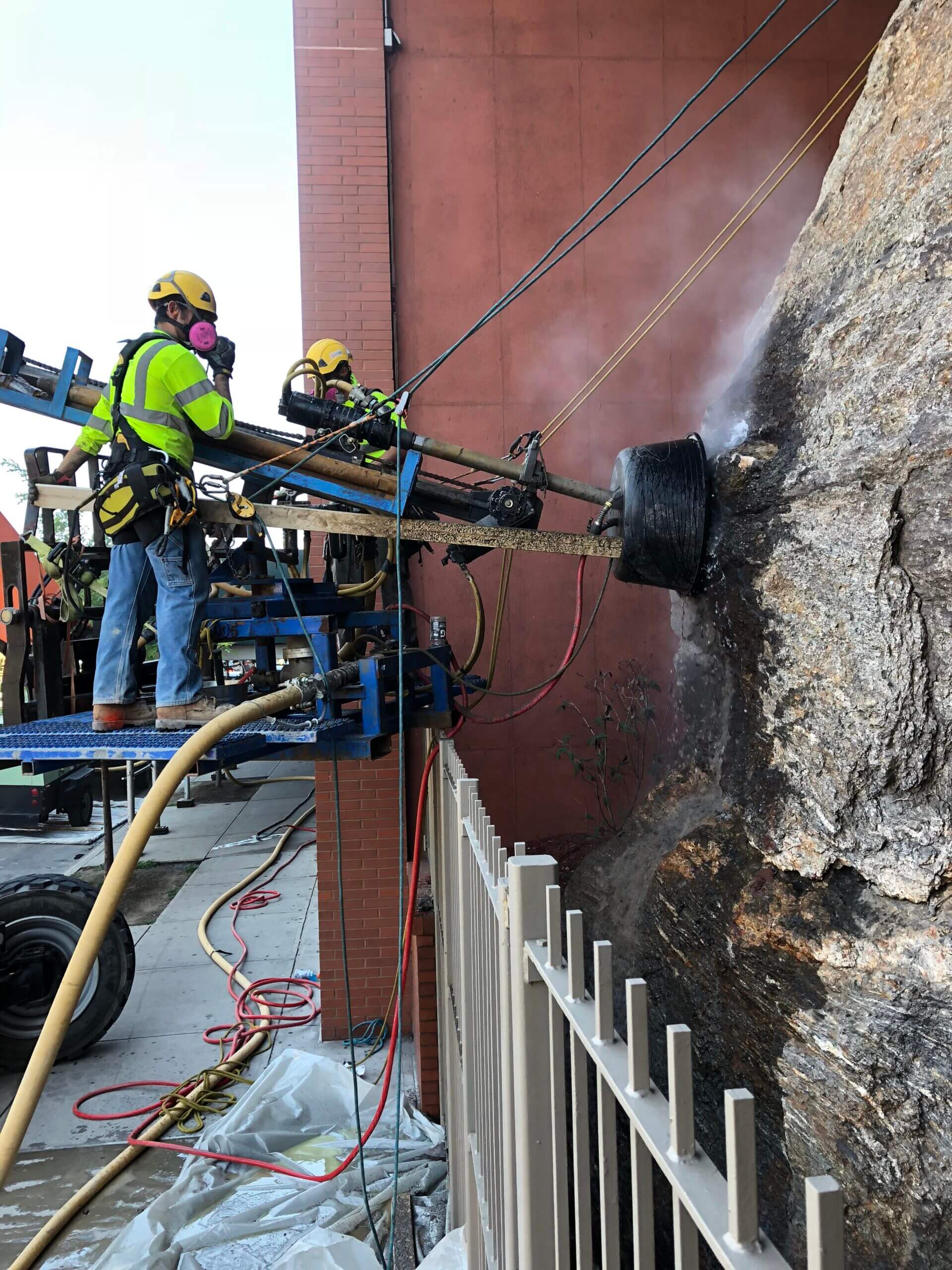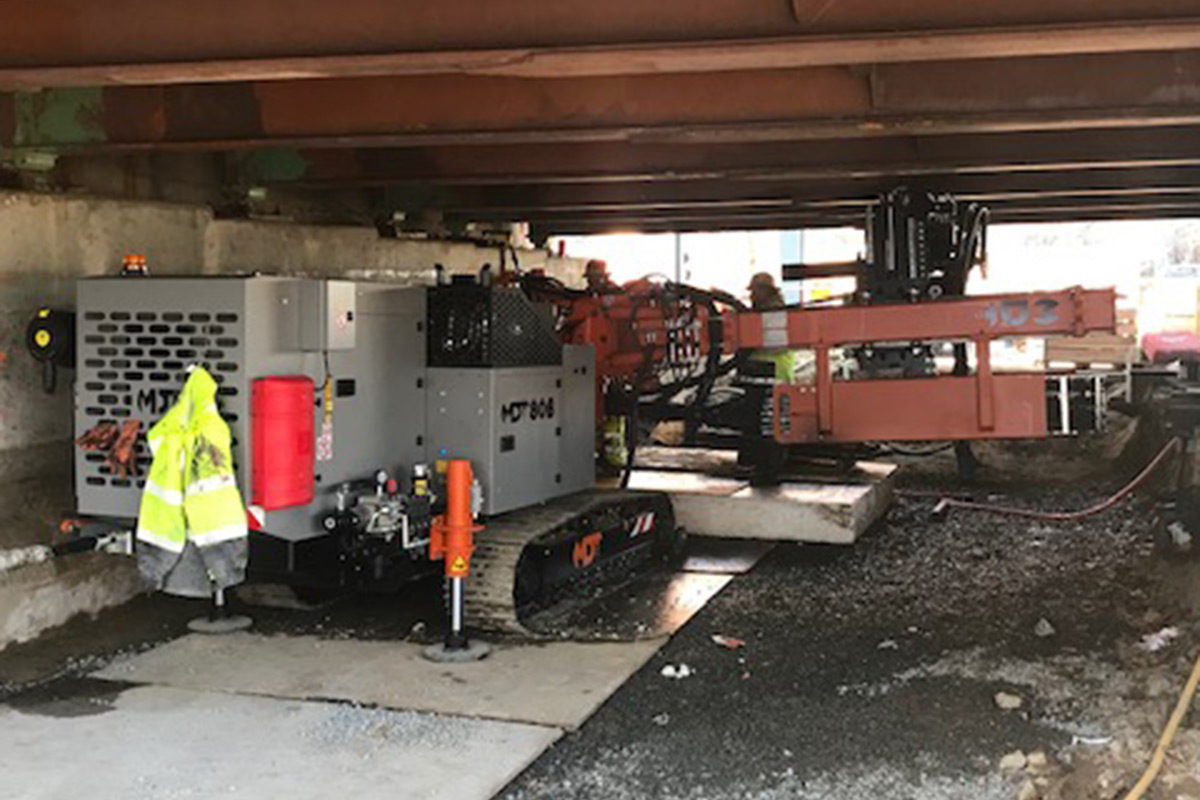Williams Anchors: Industry-Leading Anchoring Solutions for Enhanced Structural Support
Reliable Rock Anchors for Secure and Secure Foundations
In the realm of civil design, the role of trustworthy rock anchors can not be overstated, as they are pivotal in developing secure and steady structures across a range of applications. Understanding the various kinds of rock supports, their particular applications, and the intricacies of setup and upkeep is crucial for enhancing their efficiency.
Kinds Of Rock Anchors

Easy anchors depend on the weight of the framework and the bordering soil or rock to offer resistance. They are commonly used in applications where very little activity is anticipated. Active anchors, on the various other hand, entail the application of stress through a high-strength cord or pole, developing a pre-stressed problem in the support. This type is particularly helpful in vibrant settings, such as landslide-prone areas.
Grouted supports are one more significant category, where a steel bar or cable is inserted into a pierced opening, followed by a cementitious grout. Once healed, the cement bonds with the bordering rock, producing a robust anchoring system. Each kind of rock anchor offers distinct benefits based on the certain geological conditions and architectural demands, thereby playing a vital function in the general stability and durability of created facilities.
Applications in Building And Construction
Rock anchors play an essential duty in numerous building applications, giving vital assistance and stability in diverse settings. These ingenious options are used in jobs ranging from large framework developments to smaller household frameworks. One of the primary applications of rock supports is in the stablizing of slopes and keeping wall surfaces, where they aid stop dirt erosion and preserve architectural honesty.
Additionally, rock anchors are instrumental in safeguarding foundations for bridges, passages, and skyscraper buildings, ensuring they can endure side pressures such as wind and seismic task. Their convenience enables installation in challenging geological problems, making them ideal for tasks in mountainous or rocky surfaces.

Key Choice Standards
Selecting the proper rock anchor for a particular application calls for careful consideration of numerous key requirements. The geological problems of the website should be completely evaluated. Understanding rock kind, strength, and stability is necessary to guarantee that the anchor will certainly execute effectively under load conditions.

An additional important element is the rust resistance of the support products. In environments exposed to wetness or chemicals, utilizing corrosion-resistant products will certainly lengthen the lifespan of the anchors and preserve structural stability gradually.
In addition, the support's installment method should align with the job's demands and constraints. Relieve of setup, in addition to the prospective influence on bordering structures, need to be thought about.
Setup Methods
Efficient setup methods are important for the effective performance of rock anchors. Proper installation ensures that the supports attain the wanted load-bearing ability and security within the geological conditions. The first step in the installation process entails website evaluation, where geological surveys identify the rock type, problem, and any type of prospective challenges.
Once the website is examined, the proper drilling method have to be picked-- choices include rotating boring, diamond exploration, or percussion exploration. The selection depends upon rock hardness and environmental factors to consider. Precise drilling deepness and angle are necessary to guarantee that the anchors align with architectural needs and tons distribution.
After exploration, the following phase entails cleaning up the borehole to get rid of particles, which can compromise bond toughness. Following this, the anchor is put, and if needed, a grout or resin is infused to enhance attachment. The curing time of these materials need to be abided by, ensuring that the anchors achieve full stamina prior to any type of lots is used.
Upkeep and Inspection
Appropriate maintenance and examination of rock supports are vital to ensure their long-term performance and dependability (Williams Anchors). Normal analyses aid recognize any type of potential concerns, such as deterioration, variation, or architectural exhaustion that can endanger the integrity of the anchoring system
Regular assessments should be performed at specified intervals, taking into account ecological aspects and the details application of the rock supports. Aesthetic inspections should focus on the revealed areas of the anchors, looking for indicators of corrosion, splits, or various other anomalies. Additionally, it is essential to review the surrounding geological problems to identify any type of shifts click resources in soil or discover here rock that may affect anchor efficiency.
In some situations, advanced methods such as load screening or non-destructive testing might be necessitated to establish the anchors' load-bearing ability and total health and wellness. Correct paperwork of inspection searchings for, maintenance activities, and any type of repair services or substitutes done is crucial for recurring examination and conformity with sector criteria.
Final Thought
Finally, trusted rock supports play a critical function in ensuring protected and stable structures throughout numerous construction applications. By efficiently transferring loads and improving stability against side pressures, these anchors contribute significantly to the long life and stability of structures such as bridges, passages, and preserving walls. Strategic selection, installment, and upkeep of rock anchors are essential for maximizing performance and safeguarding public safety and security, eventually underscoring their relevance in contemporary engineering techniques.